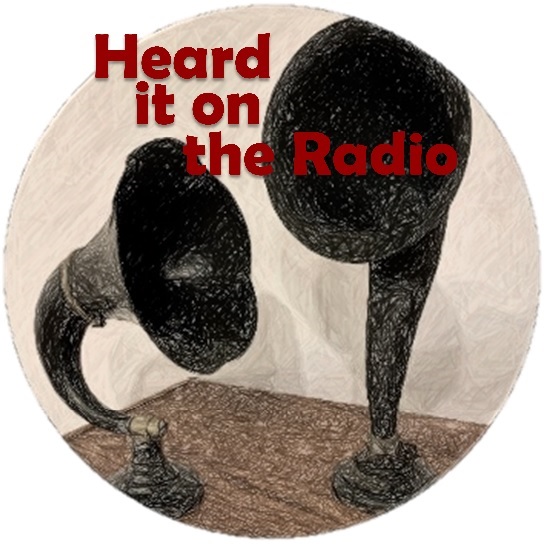The Western Illinois Museum’s radio collection is big! The exhibit, Heard it on the Radio, is a chance to see over 100 radios on display and consider the role broadcast radio has had on our lives. The exhibit explores how the invention and increased availability of the radio changed our communities. Its ability to bring information and entertainment to a broad audience is relevant again today as another new device is

In 1986 the collection of Macomb resident and local radio station manager Elmer ‘Tug’ Haddock, was donated to the museum. With over 150 radios, the collection represents the history of radio as well as Tug’s knowledge of the broadcast field. During the 1960s WWKS, located on the campus of Western Illinois University, was managed by Haddock who taught courses on broadcasting and worked with student interns. Jim Wyman remembers when he was a student intern at WIUM and Haddock was a professor who took a “chance on him.” Wyman recounts his experiences in his blog, citing Haddock as a mentor who influenced his choice to work in the broadcast field.
With the first voice being transmitted over radio waves in 1909, the door was open to new possibilities. When the radio became common in people’s homes it dramatically changed the way people received information and sought entertainment. Its ability to widely broadcast, the latest news, important information, and new music, created topics for communal exchange in local coffee shops and churches. For example, issues facing the nation could be addressed by the country’s leaders and heard en mass. Playing music was replaced by listening on the “wireless” radio which expanded the genres of music heard. New products were advertised, and radio stars were born.
Heard it on the Radio uses the museum’s collection to walk the visitor through the changes in the development of radio technology while learning about what people would have heard

Special thanks to the volunteers who helped with installing and researching the exhibit including our Warehouse workers Phoebe Bormet, Marilyn Callahan, Jeff Holtz, Karen Mencel, Josh McIlhenny, and Greg VanVleet, along with our interns, Noelle Chisholm, and Lia Hastings. They moved, cleaned and installed the over 100 artifacts in the exhibit. We also had research assistance from Dr. Chamberlin’s WIU Introduction to Historical Methods class whose research and writing about the radios is included in the exhibit.
The exhibit will be on view from April 9, 2019, through January 4, 2020.
